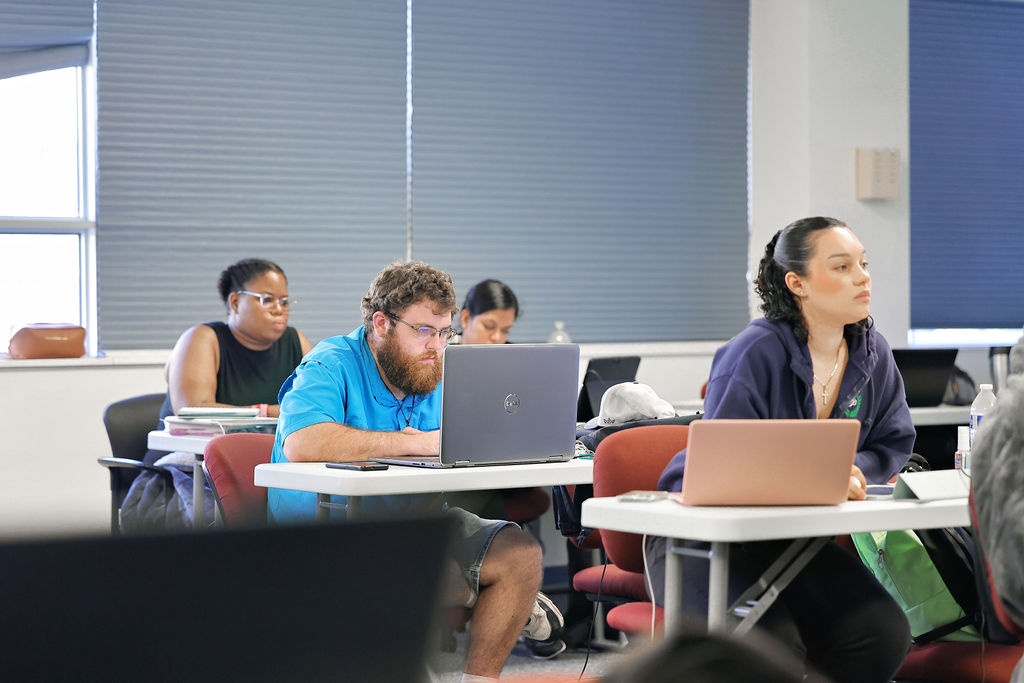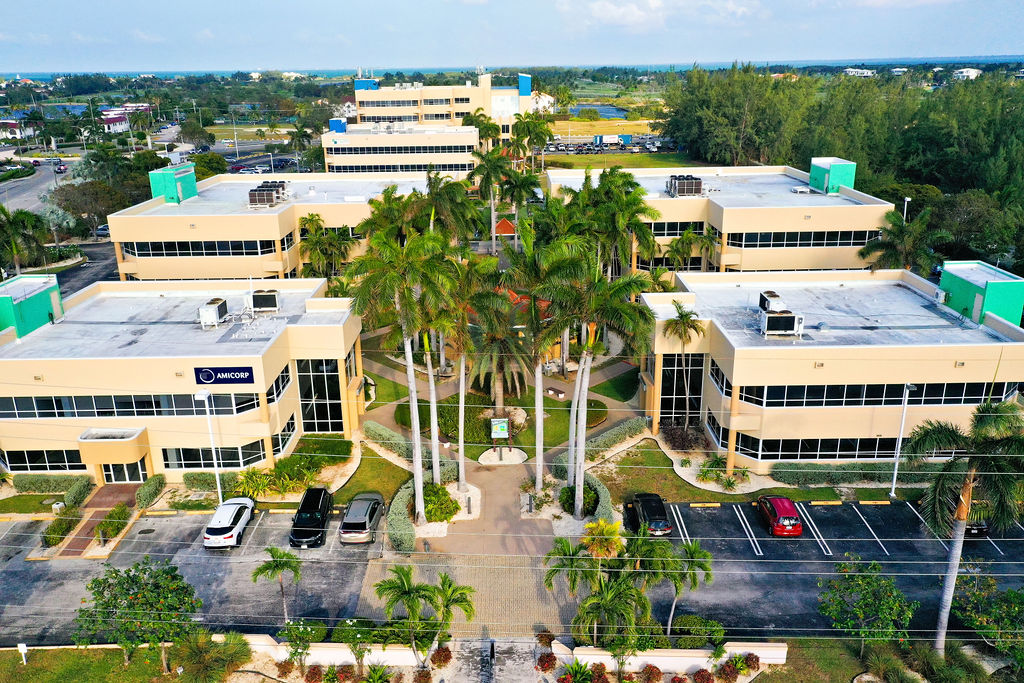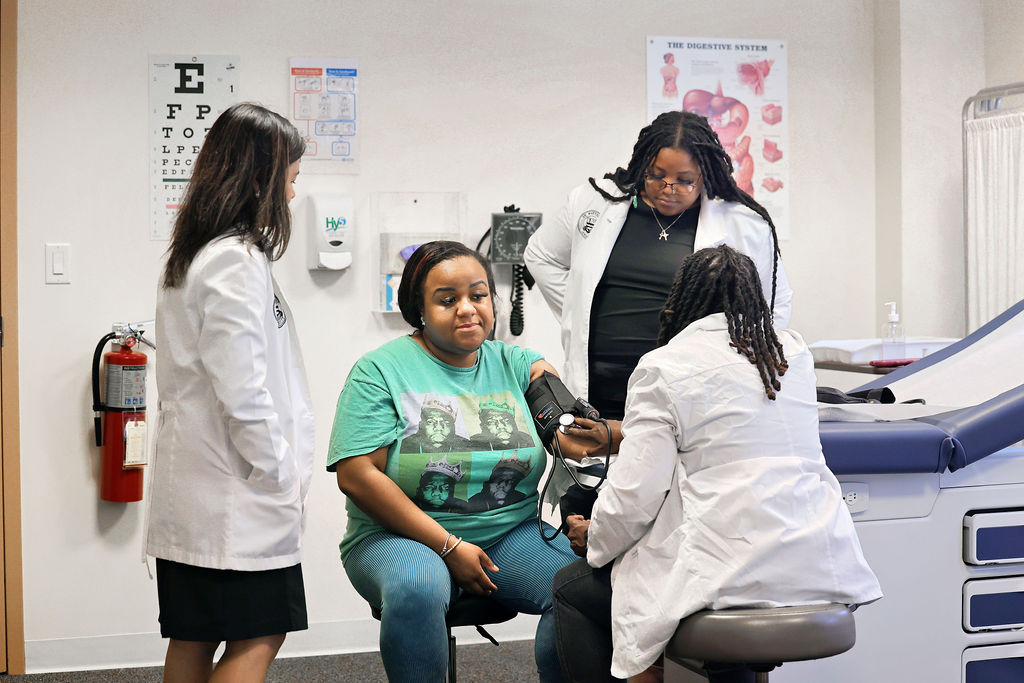
How to Transfer Medical Schools
If you’re considering transferring to another medical school, we can help with insights and information.
The quality of your chosen medical school and program will have a huge impact on your education as a whole. If you’re not satisfied with your instruction, campus or faculty, you might be wondering if it’s possible to transfer to a different medical school.
Transferring medical schools is not always easy, but it can be well worth the effort in the long-term.
What does transferring medical schools entail?
Transferring between medical schools means that you cease studies at one institution and move to a different school to continue on the path to getting the same degree. No matter what stage of your medical school journey you’re at, transferring to another medical school is feasible, provided you can find a school that accepts transfer students.
It’s important to note that every medical school transfer procedure is different, so actual requirements for transferring may vary. Check the school’s specific process for the steps you must take and paperwork you will need to submit. You’ll want to make sure you have every required document ready for review.
Naturally, your academic records will need to be in order and you will have to give a solid reason for why you want to study at a different medical school. Students can have all kinds of reasons for transferring, from being closer to home, to not resonating with the campus atmosphere, to struggling to succeed academically.
Doing some research and emphasizing that you also want to transfer because of the new school’s excellent teaching or impressive credentials is likely to make a good impression. Make sure you know what the admissions criteria for the new school are and that you have everything necessary to meet these criteria.
Can you transfer from one medical school to another?
Yes, medical students are able to transfer between schools, provided the school they would like to attend accepts transfers and that they are transferring to an equivalent program (i.e. MD to MD).
Here are some general points that prospective transfer students should be aware of:
- Transfer requirements vary depending on the school and program; students may meet the transfer requirements at one school but not at another.
- Students generally cannot transfer unless they’ve already completed some coursework in the program they want to leave.
- Medical schools most often only accept transfers at the beginning of an academic semester.
- Even medical schools that accept transfer students will understandably only consider a request if they have open seats in the program.
Can you transfer to any medical school?
Unfortunately no, as not all medical schools accept transfer students. Each institution decides whether it will accept transfer students, and those that do will outline the associated process on their website. St. Matthew’s University School of Medicine does accept transfer students and you can learn about the opportunity here.



How to choose what school to transfer to
First of all, you will need to find medical schools that accept transfer students and decide which is best for you. Consider factors such as location, the accreditations held by the school, and the ratio of teaching staff to students. Most importantly, you should look at the curriculum and see how it compares with the school you wish to leave.
If you are excited by the opportunities presented at a school you are considering, that is a great sign. Make the most of any webinars or events the school is hosting to find out more about what the school offers, so you are well prepared to explain and outline your choice to transfer med schools.
Other things to consider include the affiliations that the school has with hospitals, how they help students secure residencies and if the education aligns with your goals. This will influence the opportunities available to you for new experiences, and for acquiring a thorough medical training that will be recognized anywhere. Additionally, you’ll want to find out more about the facilities offered on campus and look at photos of the lecture halls and laboratories. Finally, researching the alumni to see where their careers have taken them is important, as this is a solid indicator of a school’s ability to support and instruct students.
How to request your medical school transfer
Before requesting a transfer, you should know a great deal about the school you hope to transfer to, including what its admission policies are and any special requirements it has for documentation or information. This should make it a lot easier to compile everything you need to successfully secure a transfer.
The next step in transferring is contacting your Dean or the Associate Dean of the student body to formally submit your request. The Dean of your current school will likely have to write or sign off on your transfer. This will likely be in the form of an official letter.
A fee to cover the cost of facilitating the paperwork could be issued. If that’s the case, find out ahead of time what the fee is, and make sure you have the cash put aside to pay for it promptly when needed. Some transfers are time-sensitive, so it’s important to be prepared.
In the case that your chosen school requires you to fill out a transfer form, be mindful of the deadline and fill it out carefully. Deadlines may be close to the beginning of an academic year or new semester; make sure the form is completed and submitted well before the deadline. That way, if there are any queries, they can be settled before admissions close.
The next stage is often submitting your academic records and transcripts. You may also need a formal letter of evaluation written by your Dean to accompany this; for St Matthew’s School of Medicine, this is a requirement. You will probably need your MCAT (Medical College Admission Test) scores (for U.S. students)and your USMLE (United States Medical Licensing Examination) scores as well, if applicable.
The school may also require additional documents. Copies of some official documents can take some time to obtain, which is another reason why it’s a good idea to do a thorough investigation and make sure you have every element necessary to make the transfer as smooth as possible.
When all the paperwork is submitted, with luck it will be approved rapidly and you will be on your way to a new campus and academic experience.
Transferring to St. Matthew’s University School of Medicine (SMUSOM)
If you are a current medical student and find yourself regularly wondering “can you transfer medical schools” or “what medical schools accept transfer students,” we’re here to help.
St. Matthew’s School of Medicine is pleased to accept transfer students into our accredited 4-Year MD program. In fact, we proudly offer a $10,000 Transfer Scholarship for eligible students, to facilitate their medical school journey.
These students benefit from access to our hands-on training opportunities, individualized support and knowledgeable faculty. Graduates then go on to practice in the U.S., Canada and internationally. We’d be so pleased to have you become the next SMUSOM transfer student success story!
To learn more about St. Matthew’s University and our wonderfully supportive community, check out this testimonial video from a current student:
If you’re thinking about transferring here, we’d be pleased to help you do so. Get in touch with us today to discover more about how you can make your dreams of becoming a practicing medical doctor come true.
FAQs About Med School Transfers
No, not all medical schools accept transfer students. Those that do will list the opportunity on their website. Read about transferring to the St. Matthew’s University MD program.
Yes, in fact this is generally recognized as the preferred time to transfer medical schools. It allows students to finish the Basic Science portion of a single MD program and then transfer before clinical rotations begin. This ensures that students receive comprehensive academic instruction, without the concern that some key element was missed in the transfer timeline.
In theory you can, but most U.S. medical schools do not accept international transfer students. If you are a Caribbean medical student and would like to transfer, it is a good idea to choose another Caribbean medical school that offers instruction that parallels curriculums in the U.S. and provides clinical rotations in the U.S. and Canada. In this case, SMUSOM would be a great fit for you.
Transferring is often an intensive process and should not be undertaken lightly. Be sure that transferring is the right step in your medical doctor career journey before initializing the move. However, once you’ve made your decision, begin planning and gathering the required documentation as soon as possible, in order to avoid delays and ensure you can enter the new program at your desired time. It is also a good idea to contact the school you wish to join, to gauge the feasibility of the transfer early-on.
Get in touch for more information